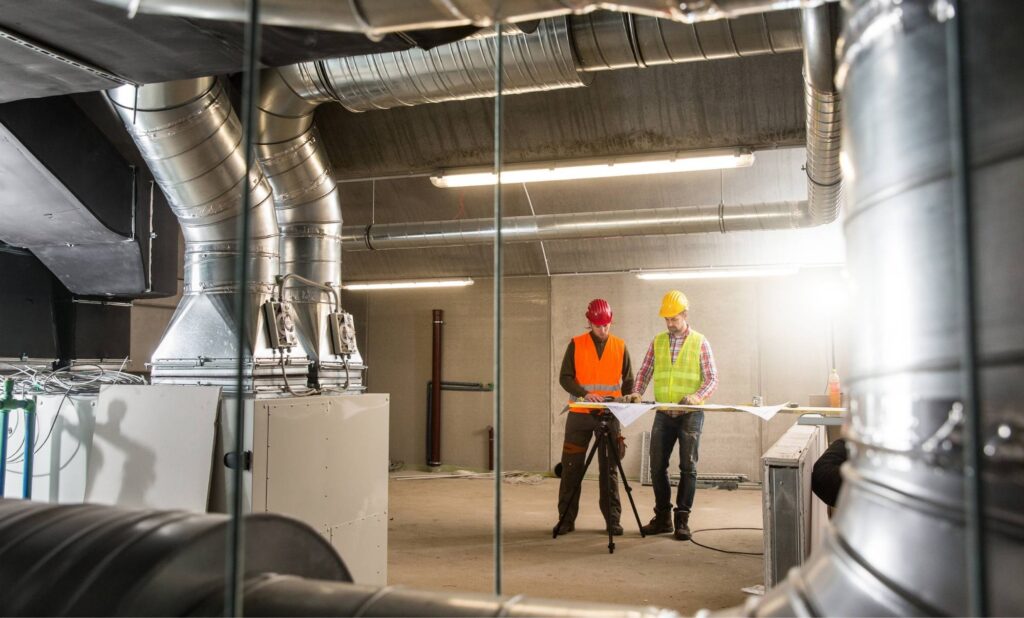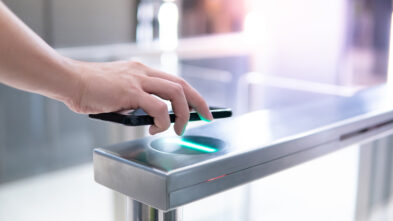In Part II of “Installing an Access Control System: What You Need to Get Started,” learn about selecting the optimal access control tokens for your workspace, important installation tips, and the problem with underestimating great customer support. (To read Part I, click here.)
User Preference: Will Employees Resist or Embrace?
Remember the example of procrastination at the beginning of Part I? There’s another common human trait that affects access control — resisting change.
Although mobile security comes with powerful advantages, it won’t be effective if employees reject it. Some users may insist on sticking with the “devil they know,” believing their proximity cards offer heightened security. Others may decry the idea of an employer installing an app on their personal phone. Therefore, when selecting an access control as a service (ACaaS) provider, consider probing employees about their preferences. Though secure, using a mobile device as an access token will receive pushback from users who prefer physical cards or key fobs.
Consider the durability of physical access tokens and the misuses and abuses of key cards. Even though you’re not in Mrs. Hinkley’s class anymore, that does not mean people won’t be scrapping gum off their desks or ice off their car windshield with a key card. Physical access tokens also get demagnetized, misplaced, or cloned.
Wiring Considerations When Installing an Access Control System

The wiring of a previous system can be the difference between a two-week and two-month installation.
In the past, Genea has dealt with complex, multi-level wiring in historical buildings. The duration of these installations takes longer because of building rules and messy original wiring. Conversely, newly constructed buildings provide flexibility for routing cables.
Ask the ACaaS provider whether they will use CAT6 or its predecessor CAT5-5e. These are essentially ethernet cables. An alternative to these is composite wiring.
“Some people think it’s more efficient than an access control composite cable because it’s a little cheaper, and you don’t need as much equipment in the IT room,” stated Genea Director of Access Control, Mike Maxsenti. “Essentially, [CAT6] makes the system harder to service in the future, and the total install isn’t necessarily cheaper or easier overall.”
Composite cables contain multiple wires coming from different access control devices in one housing.
The door material also makes a difference when installing access control wiring. Some providers must drill through wooden doors in order to attach it to the system. However, drilling may not be an option with glass doors; so an alternative solution will be needed.
Step 3: Installing Access Control
You’ve asked the right questions, listened to various bids and vetted the company that will provide the installation. It’s smooth sailing from here on out, right?
Unfortunately, no.
Companies installing access control for the first time could face unforeseen challenges and hidden charges. Make sure to plan carefully. (Explore the different parts of an access control system.)
After securing multiple bids and signing an agreement, the installation process will begin. To ensure a seamless installation, teams should compile and give the provider any requested information or documentation, including wiring and building diagrams. Additionally, Maxsenti urged teams to report concurrent construction projects that may be going on and the wiring of existing access control systems.
Door readers are one potentially costly expense. Vital to an access control ecosystem, readers are the primary user touchpoint. If a provider offers a discounted software but forces customers to install proprietary hardware, the installation will get expensive. New card readers will need to be installed. While this might not pose a problem if only one door needs securing, an enterprise-level system with 40 or 50 doors will run up the bill. It also pigeonholes companies into future costs.
Consider whether the provider’s system requires proprietary hardware to function. Some companies like Openpath or Kisi peddle proprietary hardware. Instead of paying one software fee and using the readers already installed, (which happens often with non-proprietary hardware), these companies lock customers into paying for proprietary readers.
Access Control Tips for Installation
- Hold the Readers: If you decide to opt into a proprietary solution, make sure all software is installed and tested prior to replacing old card readers with new ones.
- Create a Testbed: For installations in multiple buildings, work with the ACaaS provider to begin the process with a “testbed.” A testbed is one door or set of doors used to resolve issues before scaling the system.
- Plan When Integrations Come Online: If other security systems, such as video management systems, are in use, bring these onto the new access control system one at a time. Systematically connecting external systems with the cloud-based access control network will allow functionality to continue (I.e., no blind spots will occur in your active security during the new installation.)
- Clean Your User Management: Prepare your database of user information. Eliminate “dead” user accounts from terminated employees.
Step 4: Make Sure the “Custom” is in Customer Support
With new wiring in the doors and door alerts having been tested, it may be tempting to return to “business as usual.” But this is a mistake. The aftermath of successfully installing an access control system gets often overlooked. IT and security teams should approach post-installation with the same scrupulous mindset used during the installation instead. They should vet ACaaS providers by the ability to demonstrate quality post-installation customer support.
Industry-leading ACaaS providers offer attentive, 24/7/365 customer support. Ideally, no access control system would ever malfunction. But should a problem arise, or teams have a question, the answer should be provided quickly and accurately.
At Genea, we pride ourselves on forming tight-knit relationships with customers. We escort each customer through the installation process from beginning to end, and even after. It’s common for customers to know our team members on a first-name basis.
Installing an access control system can be pricey and time-consuming. Genea believes in educating your team at every chance possible. For more information, contact us or book a demo.



